The Key Factors for Successful 360 Product Photography
360 product photography is a type of visual content that allows online shoppers to view a product from every angle, giving them a more immersive and interactive experience. It is particularly useful for e-commerce businesses as it helps to increase customer engagement and ultimately, conversions. However, creating high-quality 360 product photos can be challenging, especially if you are based in Montreal where the weather and lighting conditions may not always be ideal. In this blog post, we will discuss the key factors that contribute to successful 360 product photography in Montreal and how you can overcome these challenges to create stunning and effective visuals for your business.
-
Lighting:
One of the most important factors to consider when it comes to 360 product photography is lighting. In Montreal, the weather can be unpredictable and the lighting can change quickly, which can make it difficult to achieve consistent results. To overcome this challenge, it is important to invest in professional lighting equipment such as LED light panels or continuous lighting systems. These types of lighting setups are portable and can be easily adjusted to suit different products and shooting locations.
The links provided offer a selection of lighting kits (continous and strobe light) suitable for 360 product photography.
CanadianStudio Photography Studio 1400 watt Continuous Lighting Umbrella softbox Light Black
Emart 8.5 x 10 ft Backdrop Support System, Photography Video Studio Lighting Kit Umbrella Softbox Set Continuous Lighting for Photo Studio Product
NEEWER 600W Strobe Flash Studio Light Photography Kit
Godox SK400II 3 x 400Ws 2.4G Bowens Mount Strobe Flash Kits for Photography Lighting
NEEWER Upgraded 900W Studio Strobe Flash Kit: 3xS101 300W Monolight
Another important aspect of lighting is colour temperature. The colour temperature of your lighting setup will affect the overall colour balance of your photos, so it is important to ensure that your lights are matched to your camera’s white balance settings. To achieve consistent colour results, you may need to use colour correction filters or gels to balance out any discrepancies in the lighting.
-
Camera and lens:
The type of camera and lens you use will also play a major role in the quality of your 360 product photos. While it is possible to create 360 product photos with a smartphone, the results may not be as high-quality as those taken with a dedicated camera and lens setup. If you are serious about creating professional-grade 360 product photos, it is worth investing in a DSLR or mirrorless camera and a lens with a wide focal length.
The provided links offer a range of camera and lens bundles (including both DSLR and mirrorless options) suitable for 360-degree product photography.
Canon EOS Rebel T100 / 4000D DSLR Camera Bundle
Canon EOS Rebel T7 DSLR Camera Bundle with Canon 18-55mm Lens + Canon EF 75-300mm f/4-5.6 III Lens
Canon EOS R5 Mirrorless Digital Camera 45MP CMOS Sensor with RF 24-105mm f/4-7.1 STM Lens
Nikon D7500 W/Nikon AF-S DX NIKKOR 18-140mm f/3.5-5.6G ED VR Lens
Nikon D850 DSLR Camera MFR#1585 with 50mm f/1.8 G Lens
Camera Bundle for Nikon Z6 II Mirrorless Camera with NIKKOR Z 24-70mm f/4 S Lens
When it comes to lenses, it is important to choose one with a high-quality construction and low distortion. This will help to minimize any distortion or distortion in your images and ensure that your products are accurately represented. Additionally, using a lens with a wide aperture (f/2.8 or lower) will allow you to capture more light and create a shallow depth of field effects, which can help to make your products stand out.
-
Shooting location:
The location where you shoot your 360 product photos will also play a role in their overall quality. Ideally, you should choose a location with plenty of natural light and a plain, neutral background. This will help to minimize distractions and allow your products to take center stage. If you are unable to find a suitable location, you may need to use a light tent or light box to create a consistent and controlled lighting environment.
-
Post-processing:
After you have taken your 360 product photos, it is important to spend some time post-processing them to ensure that they are of the highest quality.
This may involve correcting any colour balance issues, removing any blemishes or imperfections, and adjusting the overall contrast and exposure. There are many software options available for post-processing, such as Adobe Photoshop or Lightroom, which offer a range of tools and features to help you achieve the best possible results.
The links provided offer a selection of books about product photography.
- Product Photography: Lighting, Composition, and Shooting Techniques
- The New Lighting for Product Photography
- Product Photography Guide For Beginners
- Read This If You Want to Take Great Photographs
- Product Photography Magic
- The Digital Photography Book
Conclusion:
Creating successful 360 product photos in Montreal requires a combination of the right lighting, camera and lens setup, and shooting location. By taking the time to carefully consider each of these factors, you can create high-quality visuals that will help to engage and convert your online customers. If you are looking to up your 360 product photography game, consider investing in professional lighting equipment, a high-quality camera and lens, and taking the time to post.
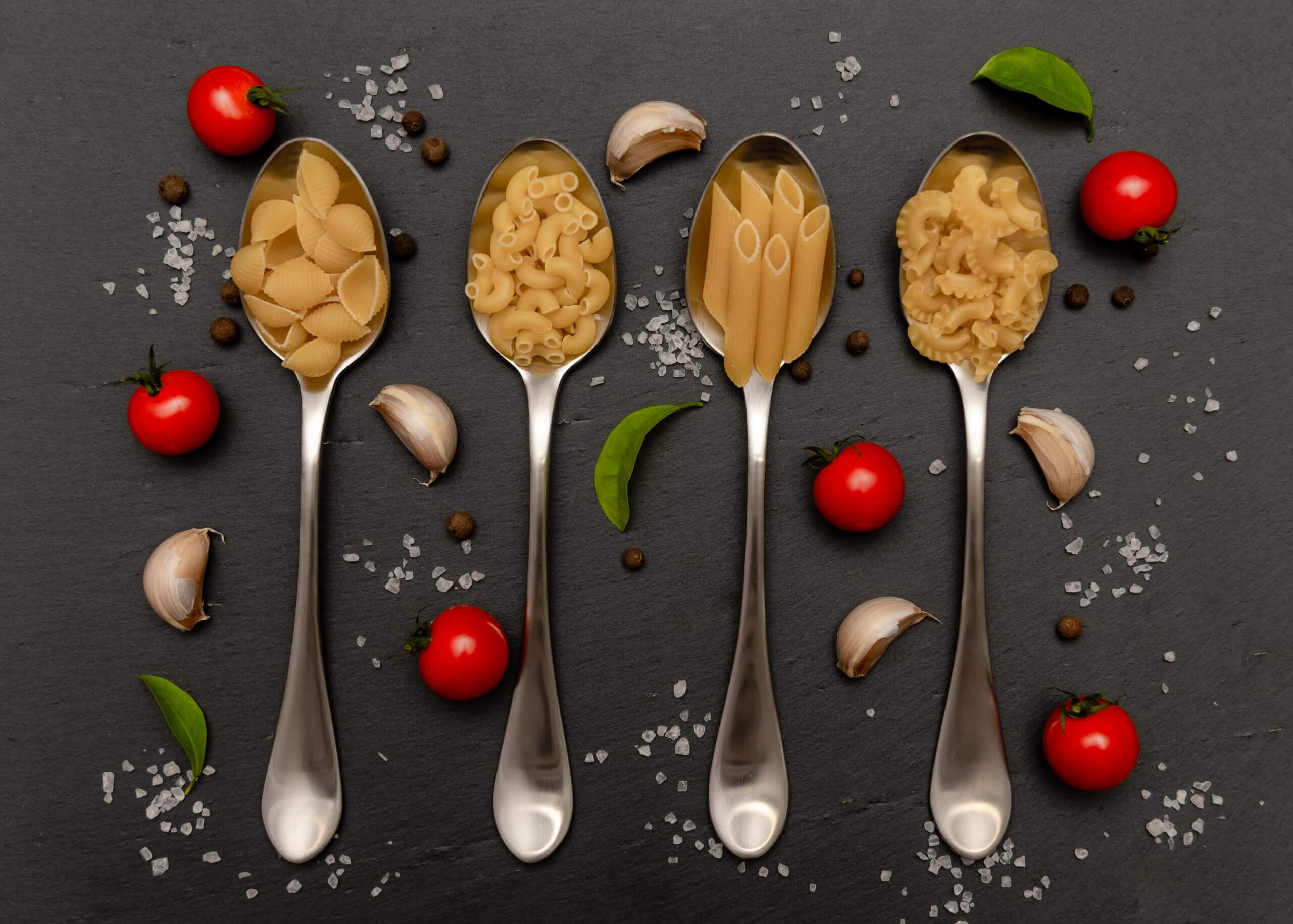
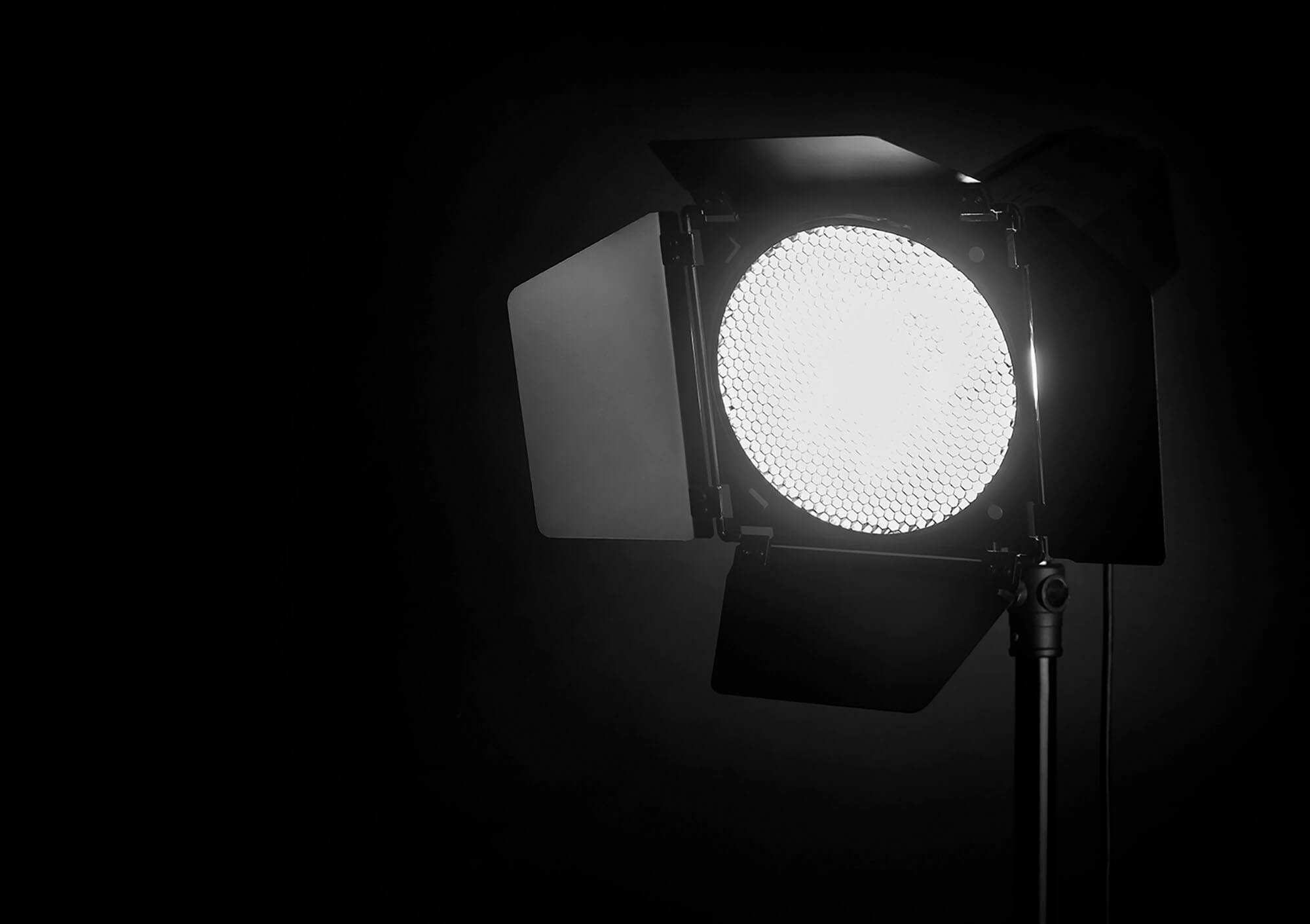
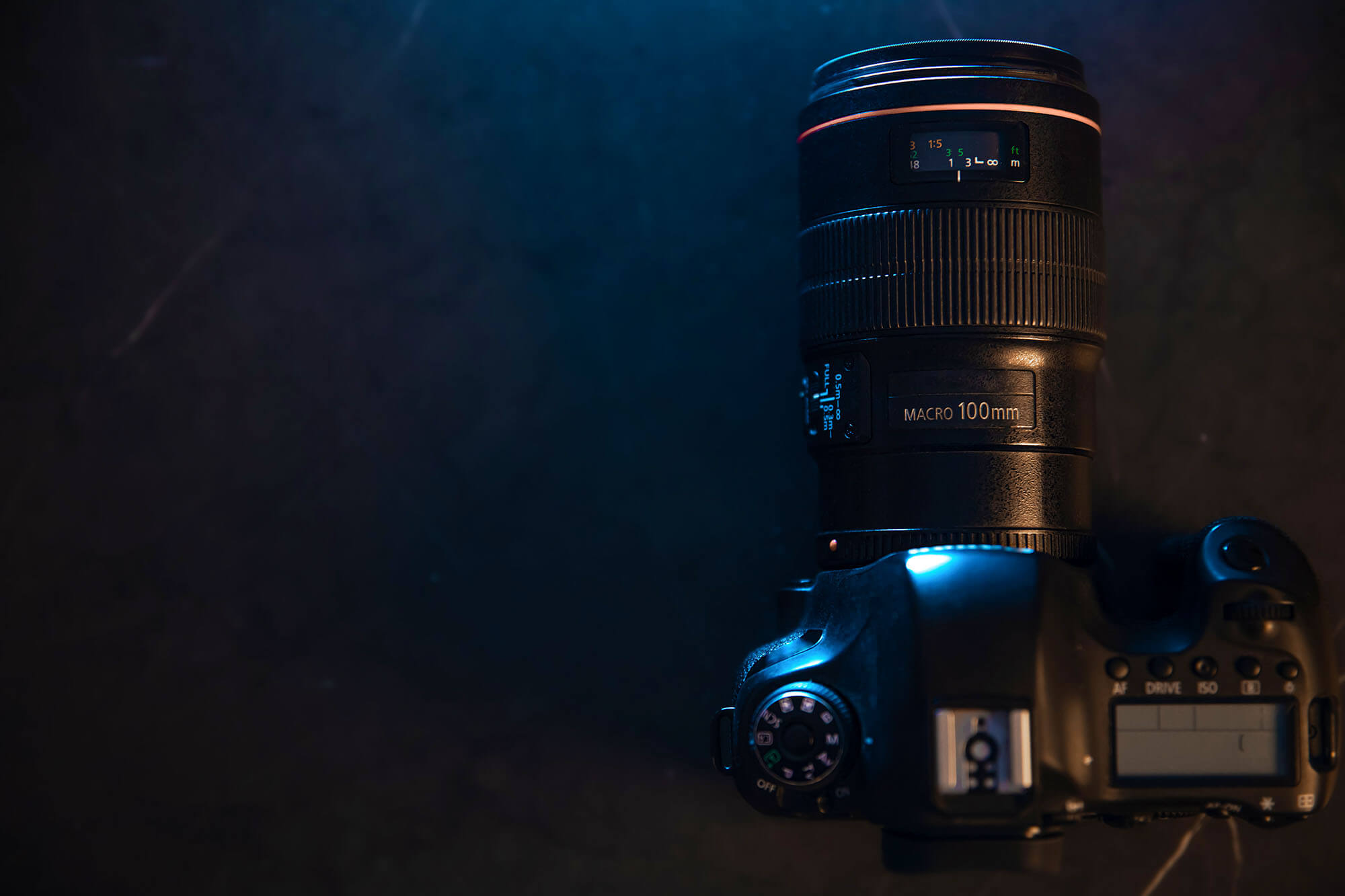
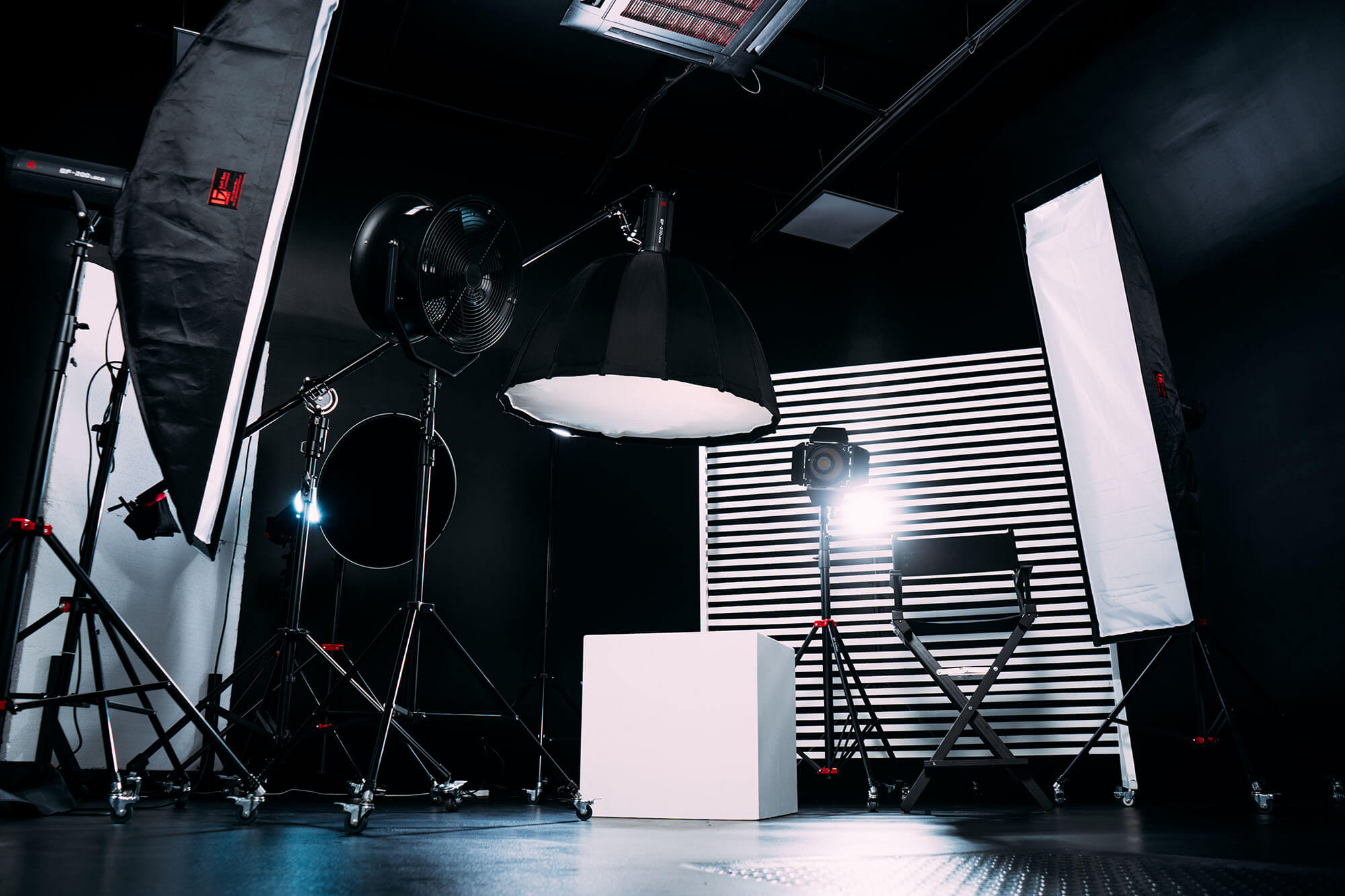
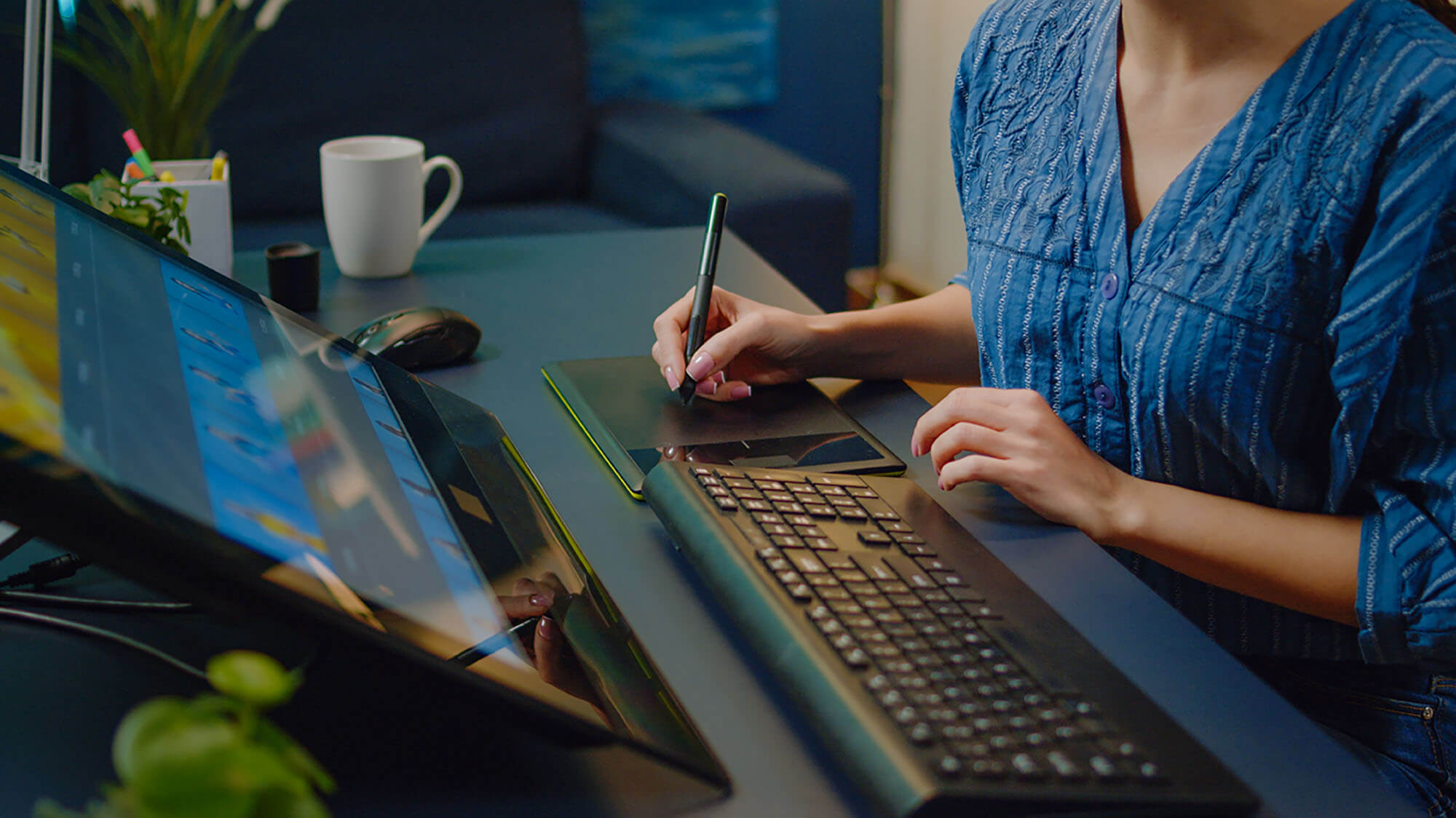

Comments
Lily Nguyen
Costin Constantinescu
Ryan
Costin Constantinescu
Chloe Lee
Costin Constantinescu
Costin Constantinescu